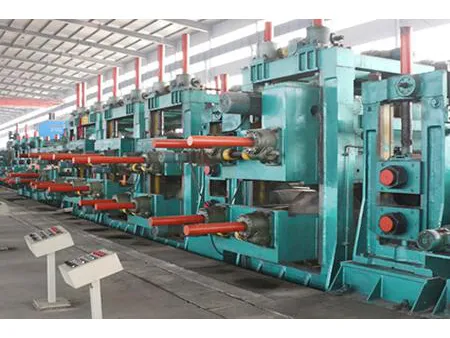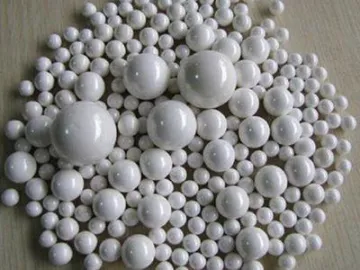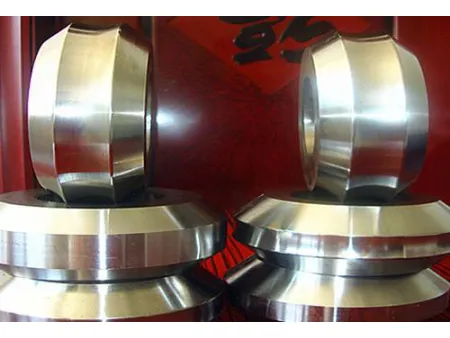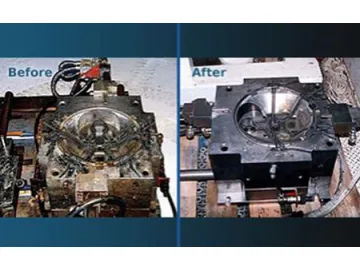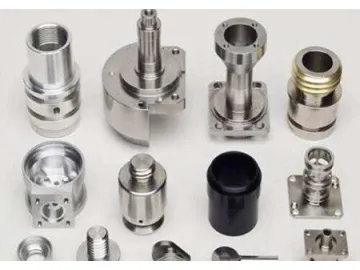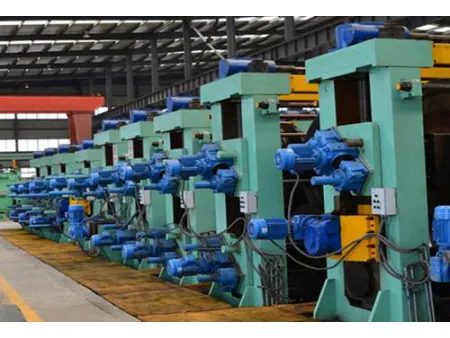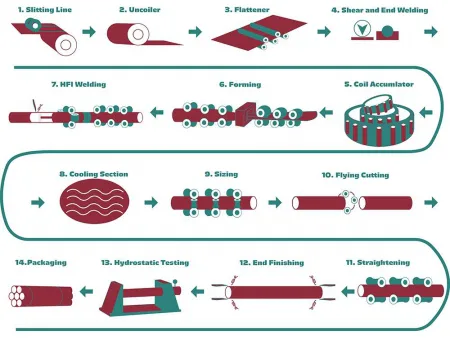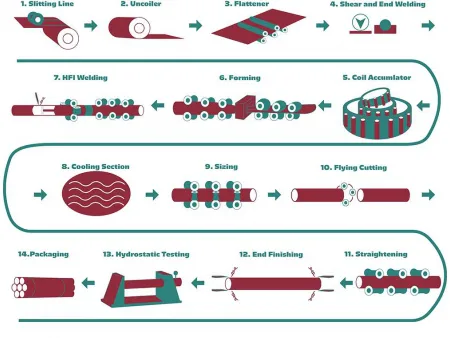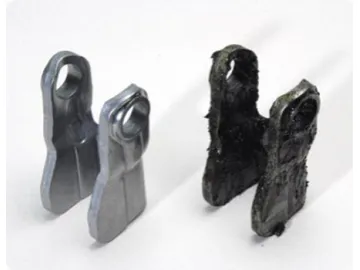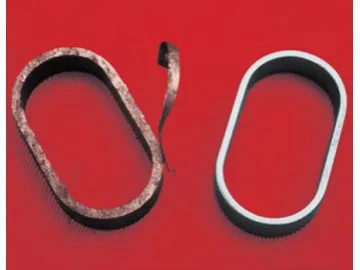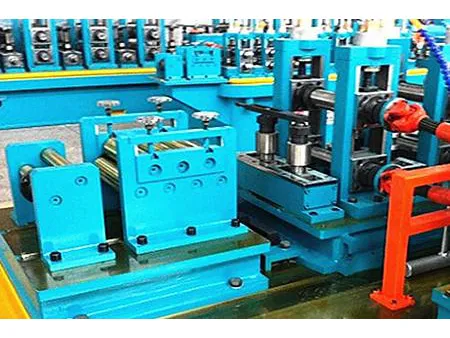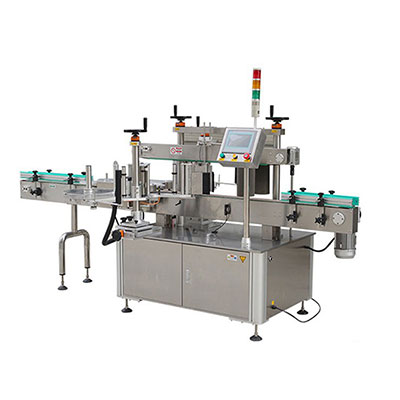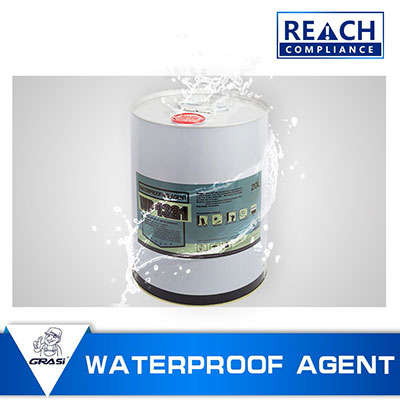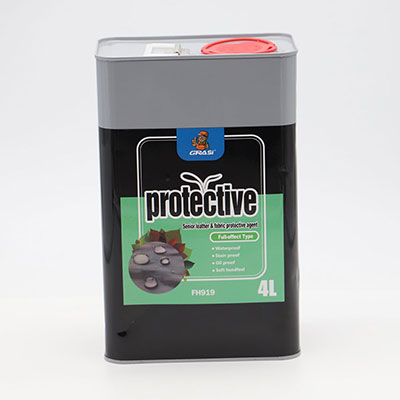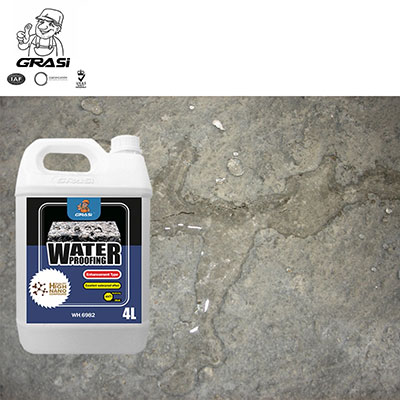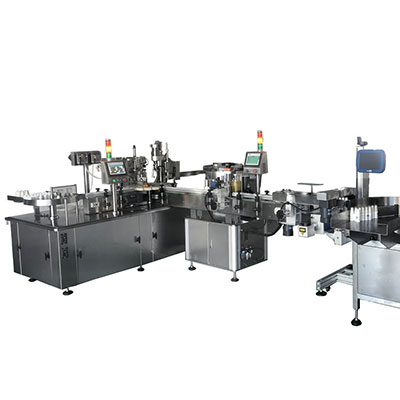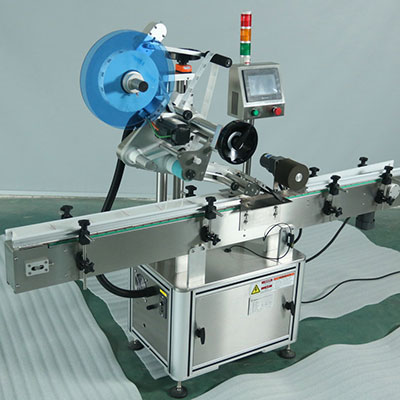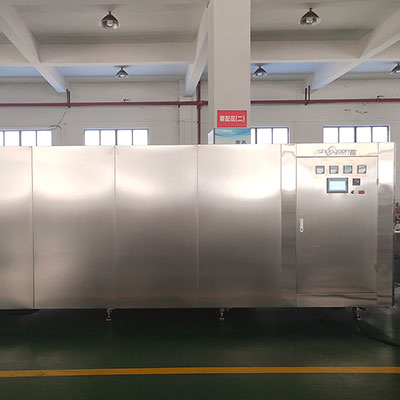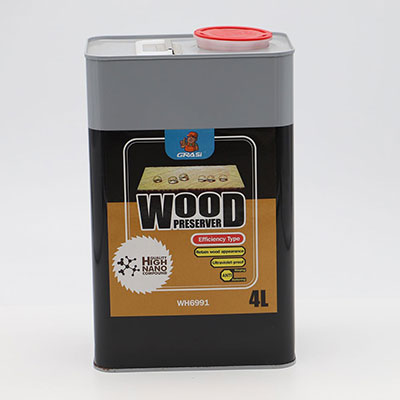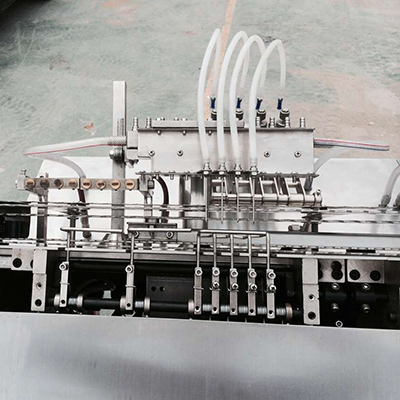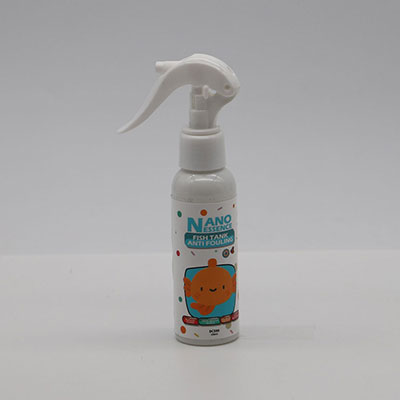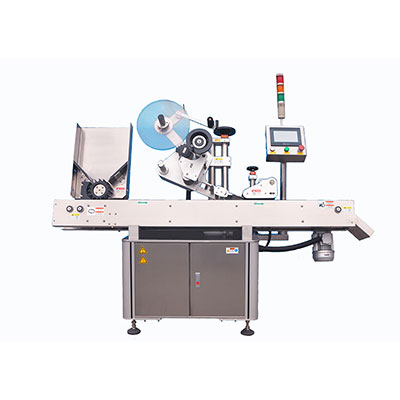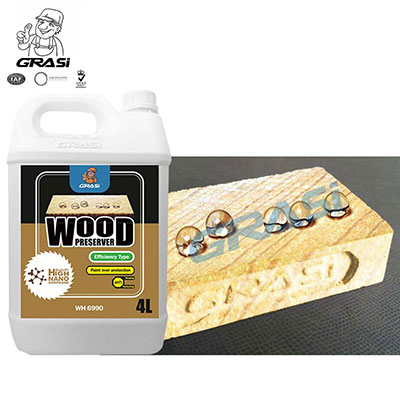Metal Polishing
After milling, planing, turning or other processing, machining marks will more or less remain on the workpiece, affecting the appearance and use effect, which requires the polishing process for direct usage.
The common polishing methods include: chemical polishing, ultrasonic polishing and abrasive polishing.
During chemical polishing, the workpiece soaked in the chemical mediator and the convex surface will be dissolved first. Chemical polishing doesn't require complicated machines but it is difficult to control the polishing quality.
Ultrasonic polishing can maintain the shape of the workpiece but the equipment is very expensive and complex to install.
Abrasive polishing combines the workpiece with the workpiece to achieve high efficiency, high quality. Abrasive polishing is applicable to various shaped workpieces.
With experience of over decade years in polisher, Kafan can recommend the best fit polishing equipment for you. For any other questions, please feel free to leave comments.
Polishing abrasive is also significant for the surface treatment. Before polishing, it's necessary to estimate if this kind of finishing media is suitable for the workpiece. For example, stainless steel finishing ball, high frequency porcelain and brown fused alumina are all excellent finishing medias, but they function completely differently. Wrong finishing media will influence the finishing effect even lead to workpiece surface damage. Welcome to contact us for further information.
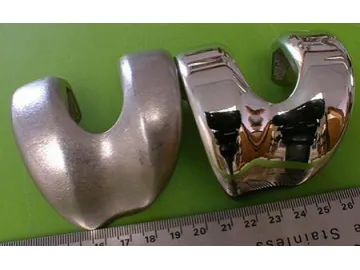
Links:https://www.globefindpro.com/products/12240.html
